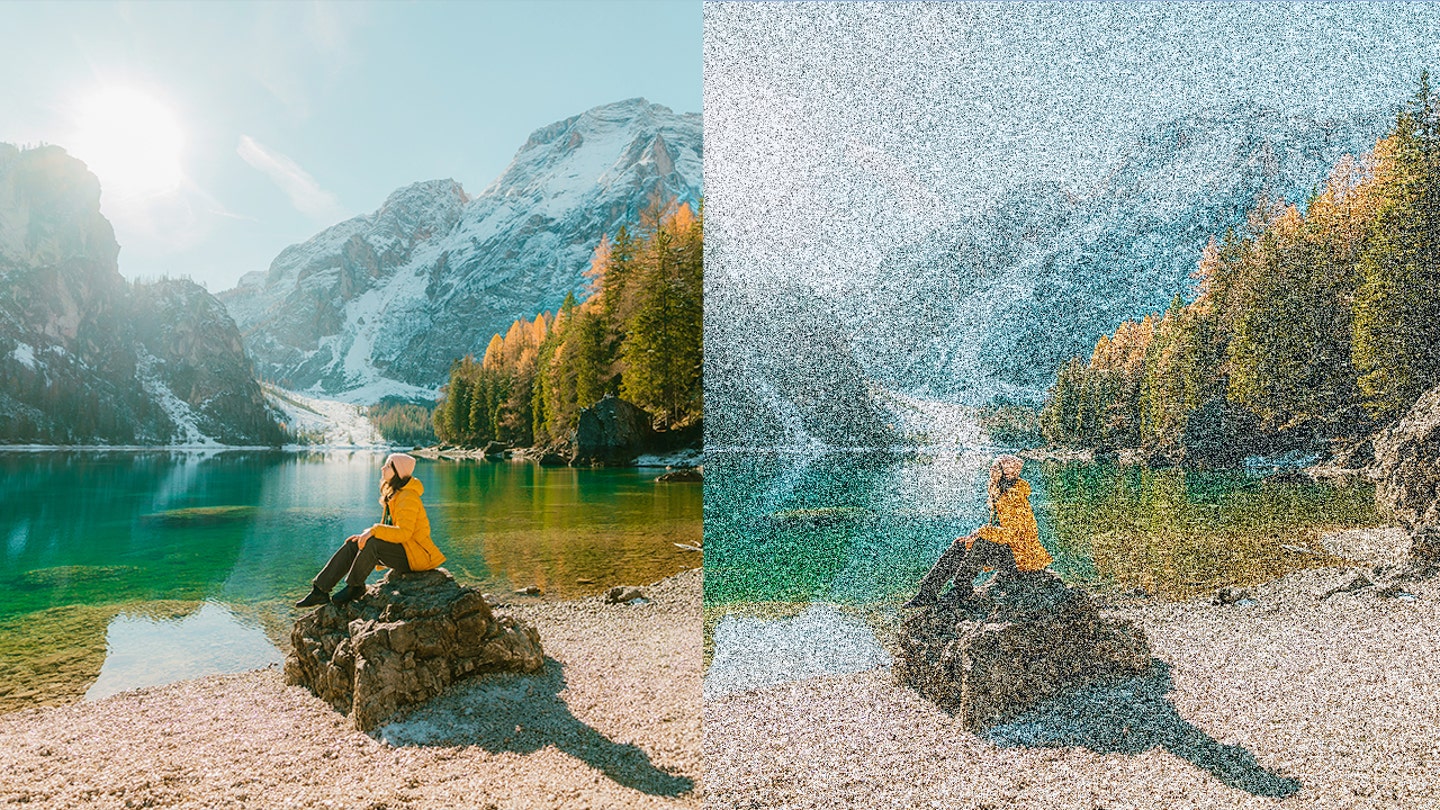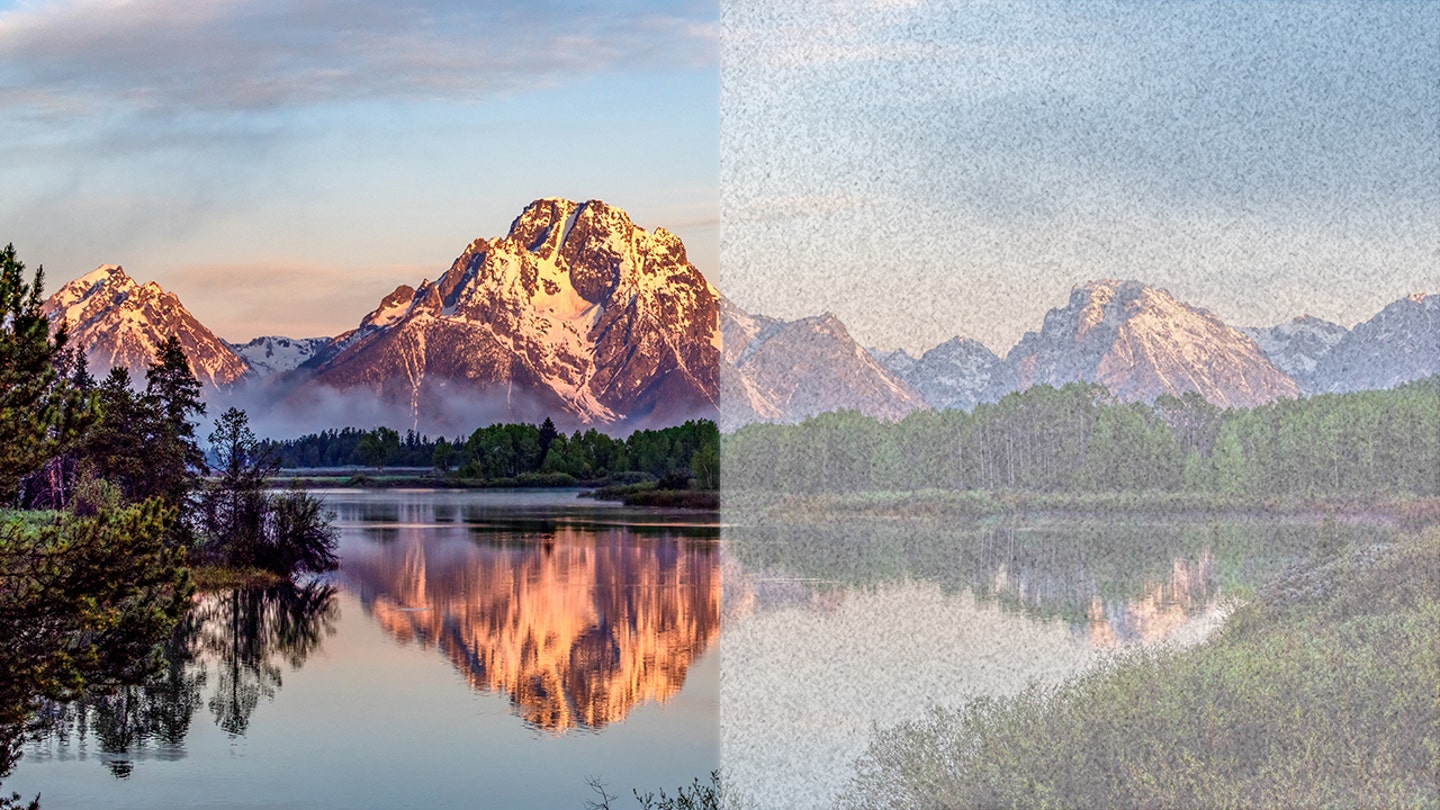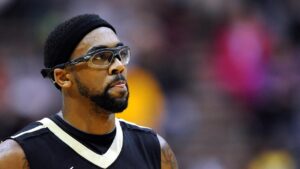NEWYou now have the option to listen to news articles!
Recent high-profile murder cases have brought attention to a rare and concerning health condition that two individuals may share.
Bryan Kohberger, who admitted to the murder of four University of Idaho students, and Luigi Mangione, accused of stalking and ambushing UnitedHealthcare CEO Brian Thompson, both reportedly have visual snow syndrome, a neurological condition that affects vision.
The rare disorder causes vision impairment, making it seem like the person is viewing the world through static or snow, similar to an old television screen.
Both Kohberger and Mangione have discussed their condition publicly, with Kohberger sharing his struggles with visual snow syndrome in an online forum in 2011, describing his vision as resembling a “video game.”
Luigi Mangione, left, and Bryan Kohberger, right, both allegedly suffer from a rare condition known as visual snow syndrome. (Curtis Means – Pool/Getty Images; Kyle Green-Pool/Getty Images)
Mangione also shared about his experiences with visual snow syndrome on Reddit in 2018, along with other conditions he deals with, such as brain fog and chronic back pain.
Visual snow syndrome is characterized by flickering dots in the field of vision, with some describing it as looking through a shaken snow globe.

Depiction of normal vision, left, compared to vision of someone with VSS, right. (iStock)
Scientists believe that the condition may be linked to hyperactivity in the occipital lobes of the brain, where images are processed, but the exact cause and treatment are still unknown.
Visual snow syndrome is a chronic condition that can also be associated with migraines and anxiety.
The disorder affects only about 2% to 3% of the global population, according to Cleveland Clinic.
Symptoms of visual snow syndrome include seeing “snow” or “static” constantly, trailing objects after images, light sensitivity, difficulty seeing at night, and more.

VSS can improve or worsen over time, experts note. (iStock)
Other symptoms may include ringing in the ears, anxiety, depression, difficulty concentrating, insomnia, migraines, and more.
Getting a diagnosis of visual snow syndrome involves consulting a neurologist and an ophthalmologist to rule out other conditions.
Treatment options for the condition are limited, with some providers recommending medication for mental health symptoms and the use of blue-light blockers on devices.
The full clinical context is unknown.
Relieving stress and avoiding fatigue can also help with symptoms, along with activities such as exercise, yoga, meditation, and improving sleep.
While Kohberger’s defense team did not comment on the condition, a spokeswoman for Mangione did not respond to requests for comment.
Michael Ruiz and Khloe Quill, both of Fox News Digital, contributed to this report.
Angelica Stabile is a lifestyle reporter for Fox News Digital.





